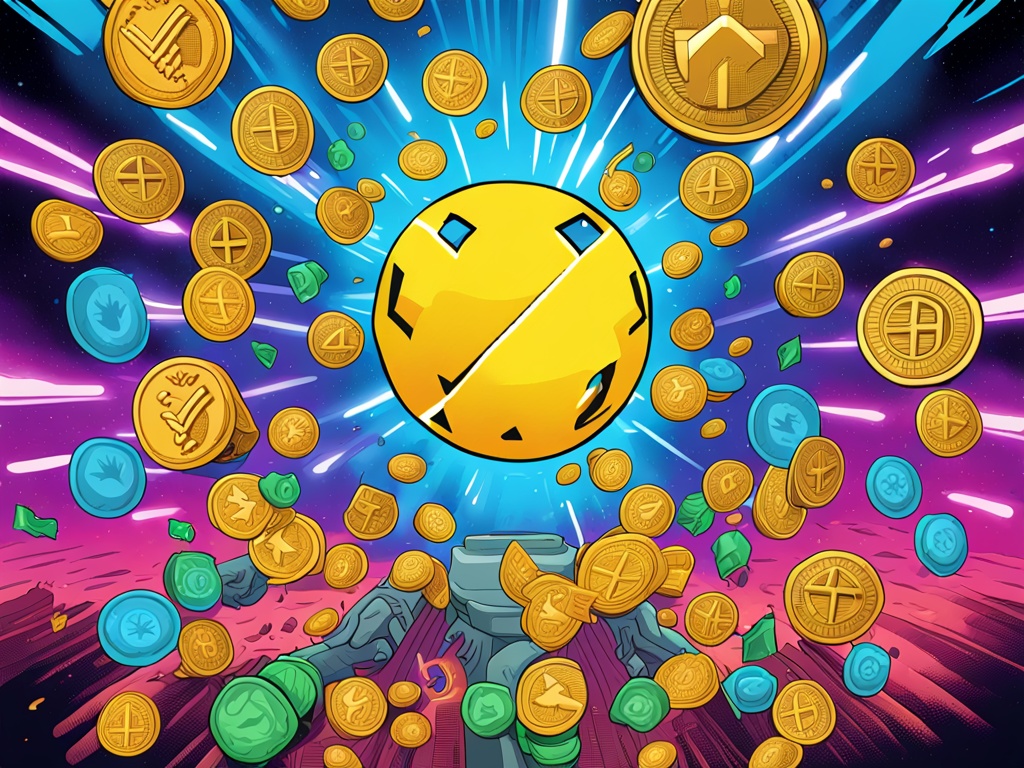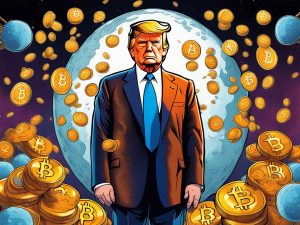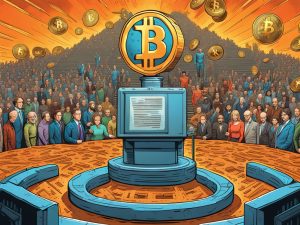Recent Surge in Solana-Related Activity 🚀
Solana-based decentralized applications (DApps) have witnessed significant fees and revenue in the past 24 hours, fueled by a resurgence in meme coin excitement. As interest in meme coins escalates, the Solana network has seen impressive earnings from various protocols.
Revenues Driven by Meme Coin Activity 💹
Patrick Scott, a decentralized finance analyst, highlighted data from DefiLlama, revealing that five of the top ten protocols generating the most fees recently operate on the Solana blockchain. This resurgence clearly demonstrates the growing popularity of the platform amidst a meme coin trend.
- Raydium, an automated market maker, achieved record earnings, generating $11.31 million in fees on November 17.
- Jito, a liquid staking protocol, reported its third-highest daily fee collection with $9.87 million.
- The launchpad for meme coins, pump.fun, also had a remarkable day, generating $1.65 million, marking its seventh-best earnings day.
- Moreover, Photon, a Telegram-based trading bot for meme coin traders, made $2.36 million, achieving its fifth-highest fee revenue.
This remarkable growth in fees comes alongside a surge in speculation around meme coins, significantly impacting Solana’s native token, SOL.
Price Trends and Notable Tokens 📈
On November 17, the price of SOL reached $242, marking its peak since November 2021. Among the standout tokens in this meme coin surge is Peanut (PNUT), which experienced an astonishing increase of over 2,700% in just two weeks, reaching a market cap of $2.4 billion on November 14. Its spectacular rise was fueled by mentions from influential personalities, significantly enhancing its visibility.
Another noteworthy token, Dogwifhat (WIF), saw its price soar after its listing on Coinbase on November 15, reaching a six-month high of $4.19. This surge coincided with a renewed interest in Dogecoin (DOGE), as the association with Dogwifhat’s listing echoed DOGE’s growing popularity. DOGE itself staged a rally, climbing over 140% in the last two weeks.
Market Capitalization and Inflation Schedule 📊
As of now, SOL trades at $234, merely 8.5% below its previous all-time high of $259, achieved in November 2021. The Solana blockchain’s market capitalization has seen growth, now standing at $112 billion—up 44% from its previous high of $77 billion.
This increase can be attributed to the blockchain’s inflation schedule, which incentivizes stakers by rewarding them with newly generated SOL tokens. Solana currently maintains an inflation rate of 4.9%, which decreases by 15% each year as detailed by SolanaCompass data. This progressive inflation model contributes to the broader interest in staking and DApp development on the platform.
Institutional Investment Trends 📉
In the third quarter of 2024, institutional investments in Solana-based blockchain applications surged to $173 million across 29 funding rounds, showcasing a 54% increase compared to the previous quarter. This revival signals renewed optimism surrounding the Solana ecosystem, even in light of a 37% decline in the number of funding rounds during the same period, according to a recent report from Messari.
This notable influx of capital represents the highest investment level for Solana projects since Q2 2022. Furthermore, during this quarter, Solana observed a dramatic rise in fee-related metrics. The number of average daily fee payers reached 1.9 million, reflecting an impressive 109% increase from the previous quarter, while new fee payers surged by 430% to 1.3 million.
However, it is important to note that the network’s daily transaction volume—excluding voting-related activities—experienced a decline of 12%, settling at 62 million transactions.
Hot Take 🧐
The current activity in Solana and its DApps illustrates a complex landscape filled with potential and volatility. As the interest in meme coins revitalizes transaction volumes and fee revenues, the sustainability of this activity remains to be seen. The recent institutional investments suggest a cautious yet optimistic outlook for Solana, indicating that traditional finance entities are beginning to recognize the platform’s potential in a rapidly evolving digital economy. As such trends continue to unfold, staying updated and aware of market dynamics will be vital for any stakeholders involved.





 By
By
 By
By
 By
By
 By
By

 By
By